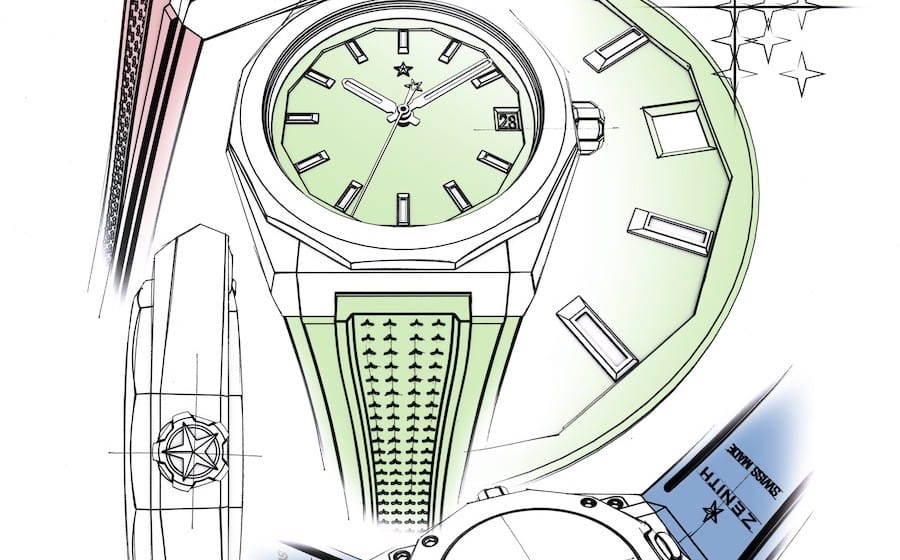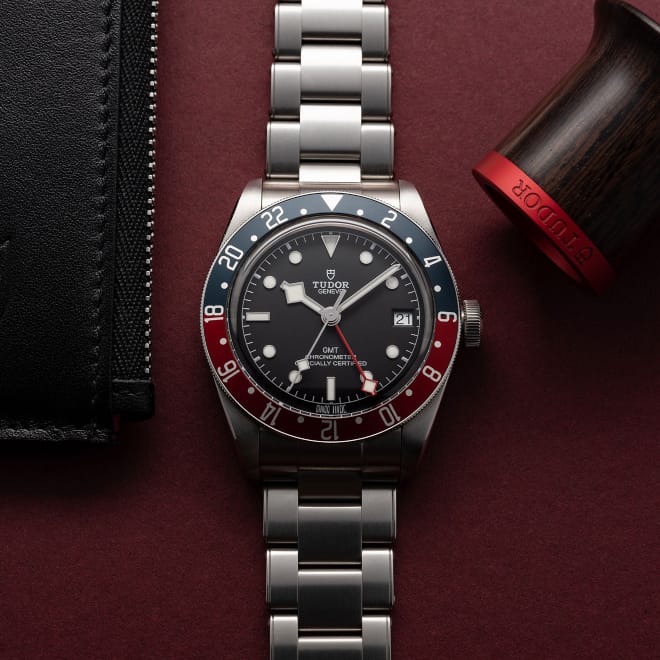
A watch bezel is the ring that surrounds a watch’s crystal. It existed as plain pieces of steel until technical bezels were introduced to watches in the early 1950s, these technical bezels added functions without complicating the watch movement. While they served various purposes or functions in the pre-digital age, it is a safe to note that they have been relegated to aesthetic purposes by wearers of such watches due to the invention of advanced gadgets. Today, Men’s Folio breakdown a few technical bezels that caught our eyes and you can thank us later to prevent getting caught dead when people ask about that count-up bezel of yours.
Pictured above: The GMT
The bi-coloured and bi-directional GMT bezels of modern days have become so iconic that certain watches earned the monikers “Batman” or “Pepsi”. Apart from looking good, what it really does though is to track a second time zone while working in tandem with the GMT hand. The GMT bezel indicates 24-hours on its scale, even-numbered hours indicated with numerals while dots indicate odd-numbered hours. To track a second time zone, align the triangle on the GMT bezel of the Tudor Black Bay GMT to 12 o’clock before adjusting the GMT hand to the second country’s time in 24-hour format. London is seven or eight hours behind Singapore while Sydney is two or three hours ahead depending on Daylight Saving Time (DST). The upper half of the bezel signifies night, while the bottom half represents daytime which explains the bi-coloured bezels on certain GMT watches. Whether you’re tracking a secondary stock market’s opening time hour or keeping in touch with distant relatives, the GMT bezel is perhaps the most practical for everyday use.
—
The Tachymetre
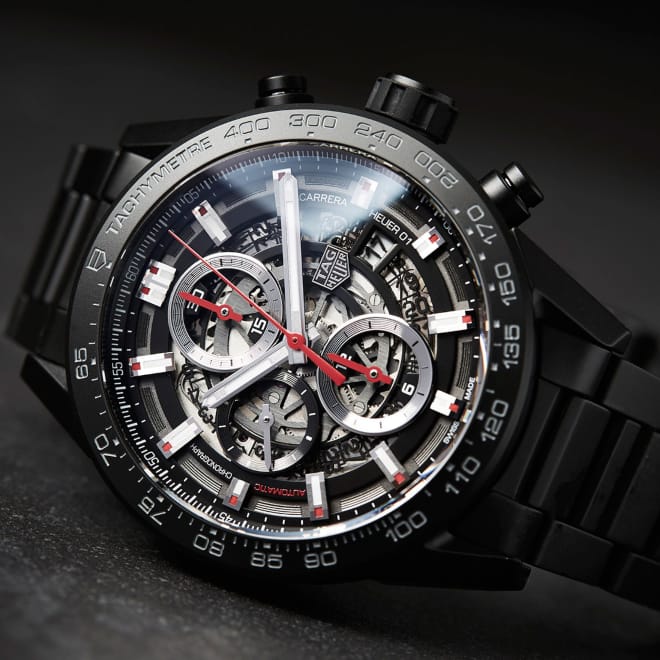
Usually found on fixed bezels of chronograph watches, a tachymetre can be used to compute speed based on travel time. By default, the numbers lined up on the tachymetre corresponds to the speed of a moving object over a one kilometre or mile distance. Simply start the chronograph when the object passes the starting point and stop when it reaches the end. The number the chronograph hand points to on the tachymetre is the average speed of the object over the one-kilometre or -mile distance.
If you are lucky to be at next year’s Olympics 100 metres finals, you could use the tachymetre on the TAG Heuer Carrera Calibre 01 to determine the average speed of the champion. Start the chronograph at the sound of the gun, and stop when the first runner speeds past the finish line. The corresponding number on the tachymetre scale is the average speed of the runner over the course of 100m. To obtain the true average speed, divide the value by ten because 100 metres is one-tenth of a kilometre.
—
The Count-Up
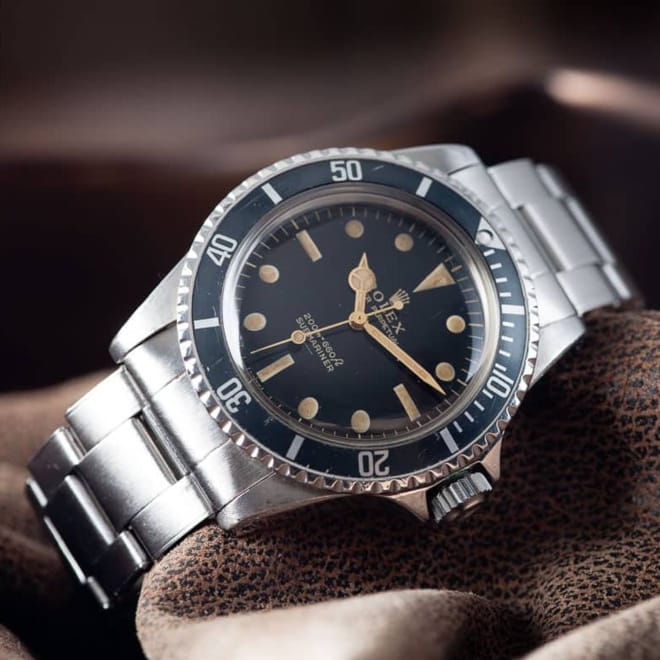
A count-up bezel — or more commonly known as a dive bezel — is a distinct feature found in most dive watches to calculate elapsed time during dives. The numbers on the dive bezel allows quick reading of how much time has been spent underwater. It is 10:18am, prior to diving into glistening blue waters, simply rotate the bezel till the triangular pip lines up with the minute hand to indicate the start of the dive. While you’re admiring the beautiful reefs, a quick glance at the watch shows the minute hand lined up against 20 on the dive bezel which simply means you are 20 minutes into your dive.
In the instance you prefer to use the Rolex Submariner watch for desk diving, an alternative is to use the triangular pip to mark the end instead of the start of an activity. A slab of ribeye takes 45 minutes to roast and a further 20 to rest. Set the pip 45 minutes later from the current time before, throw the ribeye in the oven. When the minute hand hits the pip, pull the ribeye out and let it rest till the minute hand aligns with 20 on the bezel.
—
The Pulsometer
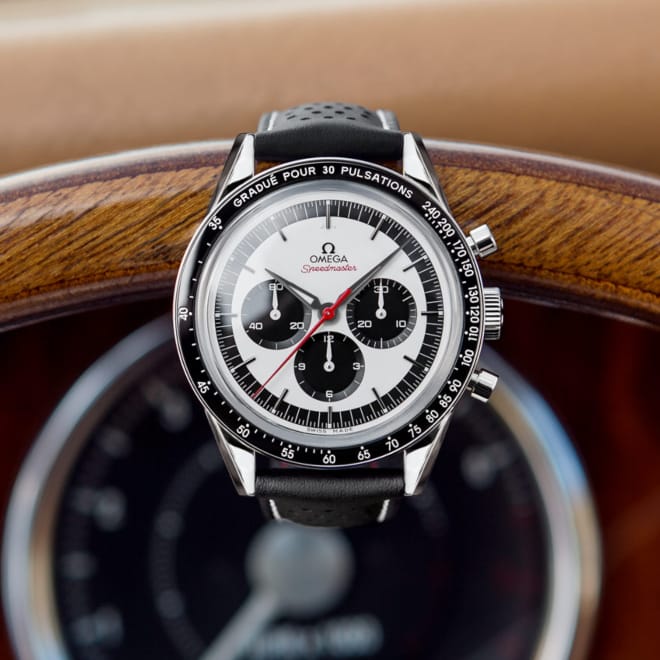
Whether it is found on the dial or on the bezel, a pulsometer is one of the rarer scales to be seen on watches. It is dubbed the “Doctor’s watch” because it determines a person’s heart rate. Relying on a central chronograph seconds hand, the pulsometer will measure the heart rate over a base of either 15 or 30 pulsations. The Omega Speedmaster CK2998 has a pulsometer scale in 30 pulsations. To use it, get a good feel of the person’s pulse, start the chronograph and stop it on the 30th pulse. The corresponding value on the pulsometer scale is the equivalent of the person’s heart rate in beats per minute. You could use it track your own heart rate after you finish a session of HIIT or after dealing with annoying e-mails which raise heart rates by notches.
With the influx of fitness wearables and smartwatches that are capable of measuring heart rates in mere seconds, a pulsometer may seem to be a dated function. With regards to nostalgia, it is way cooler and a conversation starter.
—
The Slide Rule
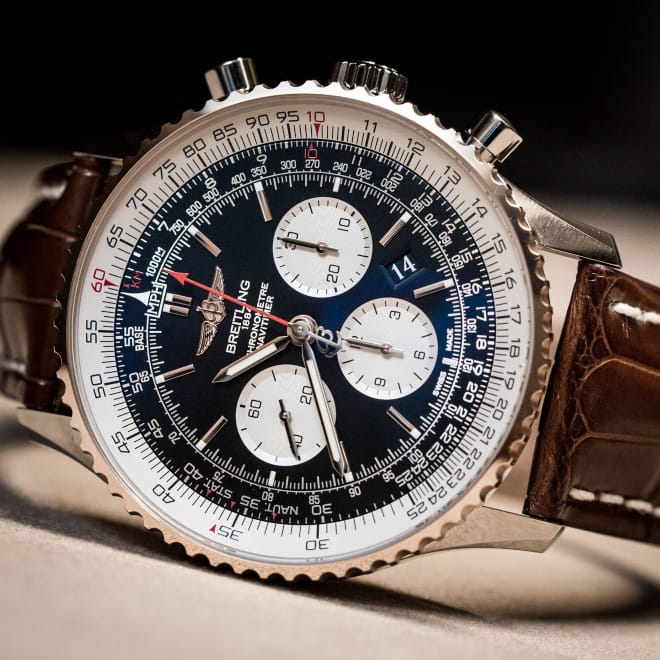
Aesthetically and functionally speaking, the slide rule bezel is by far the most complex bezel in the world of horology. In fact, it is intended for a very niche group of people, namely engineers or even pilots. The slide rule is broken down into two parts, a rotating scale on the bi-directional bezel and a fixed scale on the dial. When used together, the two logarithmic scales perform mathematical calculations such as multiplications, divisions and conversions. Given it is such a complex feature, we will pass on the explanations — the best way to understand it is to watch visual tutorials on YouTube.
The largest proponents of slide rule bezels are perhaps Breitling and their B01 Navitimer being the most iconic of the lot. In terms of applications, it can be used to calculate anything from fuel consumption of a jet plane to calculating GST and service tax of a restaurant bill.


